SUMMARY
This is AI generated summarization, which may have errors. For context, always refer to the full article.
![[ANALYSIS] Philippine marginalized communities and the state in pandemic times](https://www.rappler.com/tachyon/2020/12/marginalized-communities-1.jpg)
On March 8, 2020, the Philippine government declared a state of public health emergency due to rising cases of COVID-19 infections. The country has been under lockdown and quarantine measures for 9 months now. Nonetheless, infections and fatalities continue to rise. The country has the second highest infection rate in Southeast Asia and 7th in Asia.
The government responded to the health crisis with a “whole of government approach,” where state agencies from the national to the local implement containment measures. An Inter-Agency Task Force (IATF) was established led by retired generals and two social amelioration programs (SAP) were initiated to provide immediate assistance to families.
The measures exacted a heavy toll on the Philippine economy, society, and politics. The economy is in recession and is forecasted to contract by 8.5%-9.5% for 2020. Poverty rose, half of the labor force became jobless with 40% relying on part-time employment, and hunger stalked 7.6 million families or 31% of the total. Business establishments went bankrupt. Children of poor families were unable to cope with the remote learning modes of education. Human rights violations increased as well as domestic abuses and harassments of women, particularly among the urban poor.
While COVID-19’s impact cuts across all sectors of society, poor and marginalized communities are more vulnerable and bear the brunt of the crisis. Despite difficulties and limitations, however, some grassroots organizations have taken up important roles in providing relief for their communities, especially in areas where government support was lacking.
The University of the Philippines Center for Integrative and Development Studies, Program on Alternative Development (UP CIDS AltDev), with support from the United Nations Educational, Scientific and Cultural Organization (UNESCO), undertook a research study of 5 grassroots communities: an urban poor home-owners association, a health watch program of a relocated urban poor community, a women’s micro social enterprise, an indigenous people’s community, and, a school for indigenous children. The study generated vivid stories from the community level on how the multifaceted challenges of the pandemic are confronted and addressed.
The case studies
Utilizing collective leadership, mass mobilization and self-regulation principles, the Alyansa ng mga Samahan sa Sitio Mendez, Baesa Homeowners Association (ASAMBA), initiated its own measures to safeguard their members from the pandemic – monitoring mobility, retrofitting their iron gates, establishing checkpoints, initiating a community-wide information campaign, and addressing their food needs.
The self-help measures, however, were insufficient to control the spread of the virus coming from surrounding neighborhoods. The prolonged lockdown, loss of jobs, and reduced income generating activities also impacted heavily on the community.
Upon the onset of the pandemic, the Bantay Kalusugang Pangkomunidad (BKP, Community Health Watch) immediately mobilized its members and resources to respond properly – constantly monitoring the health conditions of the community, providing first aid in medical emergencies, undertaking health education particularly COVID-19 information, and soliciting donations.
Outside relief, however, have been insufficient and inconsistent – offering little relief. The government’s social amelioration program has also been marked by non-inclusiveness and selectiveness, slow and stressful processes, and limited LGU capacities.
Igting or Maigting na Samahan ng mga Panlipunang Negosyante ng Towerville Inc., a women’s social enterprise producing garment and apparel products, leaned on its operations as a momentary saving grace due to bulk orders for face masks. Their situation, however, remains precarious as the residents’ daily lives have been greatly disrupted by the lockdowns and quarantine measures while being subjected to an inadequately implemented and late-coming social amelioration program that was also felt to be stressful, arbitrary, and selective. Quarantine measures are also inflexible and cumbersome as well as inattentive to humane considerations.
The Ayta Mag-indi indigenous community in two ancestral domain villages reacted quickly upon hearing of the COVID-19 outbreak and declarations of a lockdown and quarantine. A communications system and checkpoints were set up and donations were solicited. Lockdown rules were enforced, and they learned all they could about the pandemic. They also reached out to lowland communities to dispel damaging rumors about their alleged virus-causing bat-eating habits.
Government assistance, however, came late and benefited less than 10% of the residents. The Aytas had by then initiated their own measures and relied on their ancestral domain lands and resources to provide them with food security and physical safety. They produced their own face masks from local materials and used their traditional indigenous knowledge about medicinal plants and nutritious fruits as disinfectants and to strengthen their immunity.
The lockdown and quarantine rules, however, are alienating and strange to their culture and traditional practices. Instead, they adhere to and uphold principles of solidarity and caring for one another – constantly engaging in community-wide discussions to assess and meeting their needs despite scant resources.
The Lumad community schools for indigenous children in Mindanao were established in their ancestral lands using DepEd-prescribed curricula with the addition of agriculture and health subjects – distilled from their indigenous cultures and knowledge systems. Government counter-insurgency campaigns disrupted the schools – forcing the closure of many of them and the evacuation of about 4,000 Lumad school children.
The “Bakwit School” was thus created; some relocated to Metro Manila. To offset the pandemic-related school disruptions, remedial classes have been taking place. The emotional health and wellbeing of the students have been addressed through psycho-social support and by cultivating skills and hobbies such as traditional bead work, intramural sports, learning musical instruments, drawing, and painting.
Final note
The 5 case studies reveal that some marginalized communities at the ground level, provided they are imbued with the principles of solidarity, social cohesion, organizational fitness, and sharing can undertake the proper minimum measures to address a health crisis. But because their own resources are scarce, and livelihood opportunities and basic public services are wanting, their capacities to cope with a health disaster of the COVID-19 magnitude are limited and insufficient. This is where the state and its agencies need to boldly step in, recognize and appreciate what the grassroots are undertaking on their own, and provide what the communities are in short supply of. – Rappler.com
Eduardo C. Tadem, PhD, is convenor, UP CIDS AltDev. This paper was presented at a Webinar Press Briefing and Public Forum on December 9, 2020. The full report submitted to UNESCO will soon be published by UP CIDS. Co-authors are Karl Hapal, Venarica Papa, Ananeza Aban, Honey Tabiola, Jose Monfred Sy, Nathaniel Candelaria, Micah Orlino, and community residents. The ideas and opinions expressed in this article are those of the authors; they are not necessarily those of UNESCO and do not commit the Organization.
Add a comment
How does this make you feel?
![[OPINION] Sa ngalan ng kaunlaran: Development for whom?](https://www.rappler.com/tachyon/2020/11/lumad-landgrabbing_640.jpg?fit=449%2C360)


![[Time Trowel] Evolution and the sneakiness of COVID](https://www.rappler.com/tachyon/2024/02/tl-evolution-covid.jpg?resize=257%2C257&crop=455px%2C0px%2C1080px%2C1080px)


![[OPINION] ‘Some people need killing’](https://www.rappler.com/tachyon/2024/04/tl-some-people-need-killing-04172024.jpg?resize=257%2C257&crop_strategy=attention)
![[Judgment Call] Resisting mob mentality for warrantless arrests](https://www.rappler.com/tachyon/2024/04/judgement-call-mob-mentality.jpg?resize=257%2C257&crop=352px%2C0px%2C720px%2C720px)
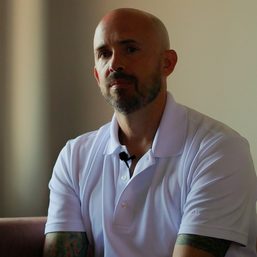
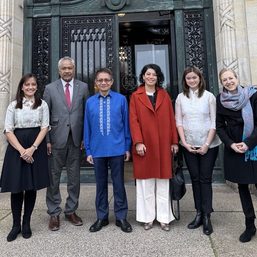
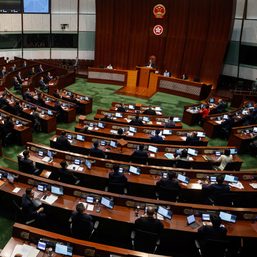
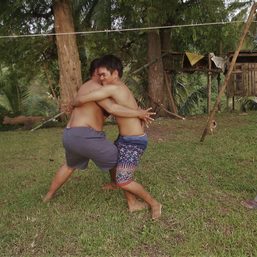
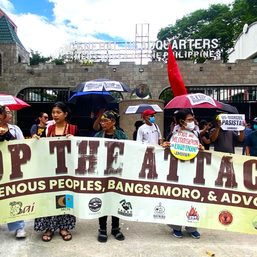
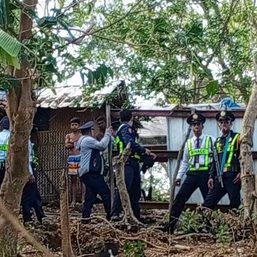
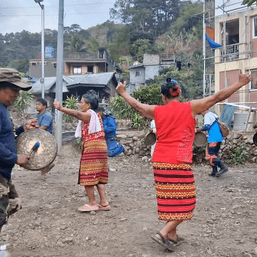
![[In This Economy] A counter-rejoinder in the economic charter change debate](https://www.rappler.com/tachyon/2024/04/TL-counter-rejoinder-apr-20-2024.jpg?resize=257%2C257&crop=267px%2C0px%2C720px%2C720px)
![[Vantage Point] Joey Salceda says 8% GDP growth attainable](https://www.rappler.com/tachyon/2024/04/tl-salceda-gdp-growth-04192024.jpg?resize=257%2C257&crop_strategy=attention)
![[ANALYSIS] A new advocacy in race to financial literacy](https://www.rappler.com/tachyon/2024/04/advocacy-race-financial-literacy-April-19-2024.jpg?resize=257%2C257&crop_strategy=attention)



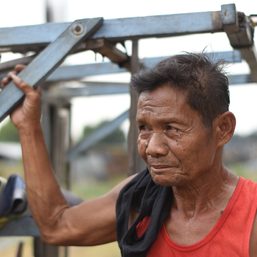
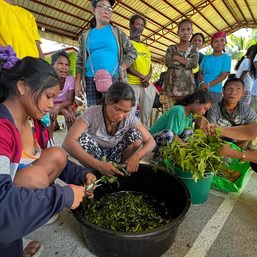
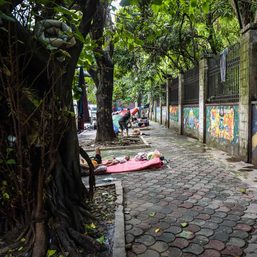
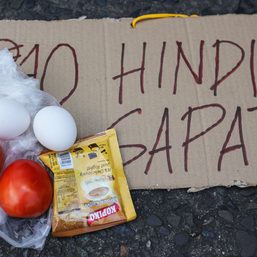
There are no comments yet. Add your comment to start the conversation.